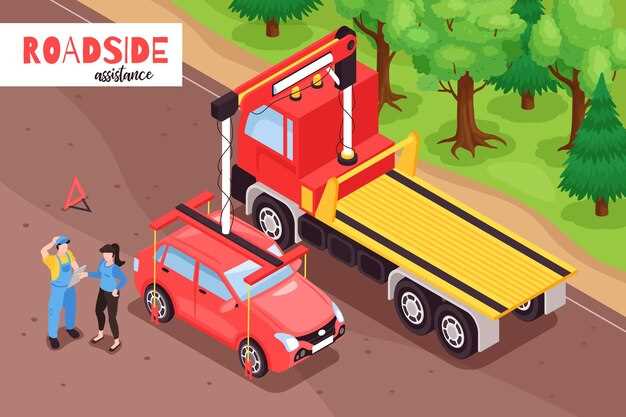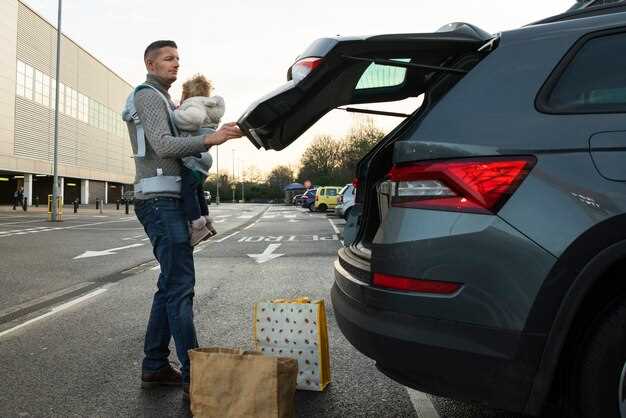
Long-distance towing can present unique challenges that require careful planning and execution to ensure safety and efficiency. Whether you’re transporting a vehicle across state lines or moving heavy equipment for your business, understanding the best practices in long-distance towing is essential. A secure tow not only minimizes risks to your cargo but also helps protect other road users.
When preparing for a long tow, it’s vital to assess your vehicle and towing equipment. A thorough inspection of the towing apparatus, including the hitch, safety chains, and brakes, ensures that everything is in good condition and functioning properly. Always remember that a well-secured load is the cornerstone of effective towing; use high-quality straps or chains to prevent any movement during transit. It’s important to remember that the weight distribution can significantly impact the stability and handling of both the towing vehicle and the trailer.
Finally, proper driving techniques play a crucial role during long-distance towing. Adjusting your speed, maintaining safe following distances, and being mindful of weather conditions can make your towing experience much safer. With the right preparation and knowledge, long-distance towing can be executed smoothly, allowing you to transport your load securely and efficiently to its destination.
Choosing the Right Tow Vehicle and Equipment
Selecting the appropriate tow vehicle is critical for safe and efficient long-distance towing. Your vehicle should have a towing capacity that exceeds the weight of the load you intend to haul. Always refer to the manufacturer’s specifications for your vehicle to determine its maximum towing capacity. Overloading a tow vehicle can lead to diminished control and increased wear and tear on both the vehicle and the trailer.
In addition to the vehicle, the right towing equipment is essential. A reliable hitch is pivotal; it must be rated for the weight of your trailer. Consider the type of hitch that best suits your towing needs, such as a weight-distributing hitch for heavier loads, which helps maintain stability and ensures better weight distribution across axles.
Safety is paramount, which means securing your load properly is vital. Use high-quality tie-down straps or chains to prevent movement during transport. Ensure that all connections, including safety chains and brake lights, are properly attached and functioning. Double-check that your load is balanced to avoid swaying, which can be dangerous while driving.
Lastly, equip your tow vehicle with the necessary accessories like brake controllers, mirrors, and towing lights. These elements not only enhance visibility but also ensure compliance with legal requirements. Investing in the right vehicle and gear creates a secure towing experience, allowing for smoother journeys and peace of mind.
Securing Loads for Safe Transportation

When preparing to tow or haul a load, ensuring that it is properly secured is essential for safe transportation. A well-secured load minimizes the risk of accidents, damage, and injury on the road. Proper load security not only protects the cargo itself but also the vehicle and other road users.
To secure your load effectively, start by using the appropriate equipment. Heavy-duty straps, chains, and ropes should be utilized based on the weight and type of load being transported. Ratchet straps are particularly effective for this purpose, as they allow for tight, adjustable fastening that can withstand various forces during transit.
Before hauling, assess the weight distribution of the load. An improperly balanced load can lead to instability, making it critical to place heavier items on the bottom and towards the center of the towing platform. This practice not only enhances stability but also protects lighter items from being crushed.
Once the load is placed, it should be secured at multiple points. Use at least three tie-downs for larger items to ensure they remain in place. Avoid using worn or frayed straps, as they can break under pressure. Always check that all securing mechanisms are tight and in good condition before setting off.
Finally, after loading and securing, conduct a thorough inspection before hitting the road. Re-check the tightness of straps and chains and make adjustments as needed. During stops, take the time to inspect the load again to ensure nothing has shifted. By following these practices, you can ensure that your load is secured properly for safe transportation, significantly reducing the risk of mishaps on your journey.
Navigating Long Routes: Tips for Drivers

When embarking on a long-distance tow, preparation is key to a successful haul. First and foremost, conduct a thorough pre-trip inspection of both the towing vehicle and the load. Ensure the tow hitch is secure, the brakes are functioning properly, and tire pressure is optimal for long routes.
Next, familiarize yourself with the route ahead. Utilizing GPS navigation systems can help identify the best paths, avoid road construction, and locate service stations along the way for any necessary breaks. It’s wise to plan for fuel stops, especially when towing heavy loads, as this can impact fuel consumption.
Adjust your driving style for long hauls. Maintain a steady speed, allowing for extra stopping distance when towing. Remember, a loaded trailer requires more time and distance to slow down. If possible, find routes that allow for highway travel rather than local streets to minimize stops and starts.
Take regular breaks to avoid fatigue. Long hours behind the wheel can lead to decreased attention and slower reaction times. Schedule rest stops every couple of hours to stretch, hydrate, and regroup for the journey ahead.
Finally, stay informed about weather conditions. Inclement weather can complicate long-distance towing, making it crucial to adapt driving strategies as needed. If conditions become hazardous, consider delaying the trip until travel is safer.



